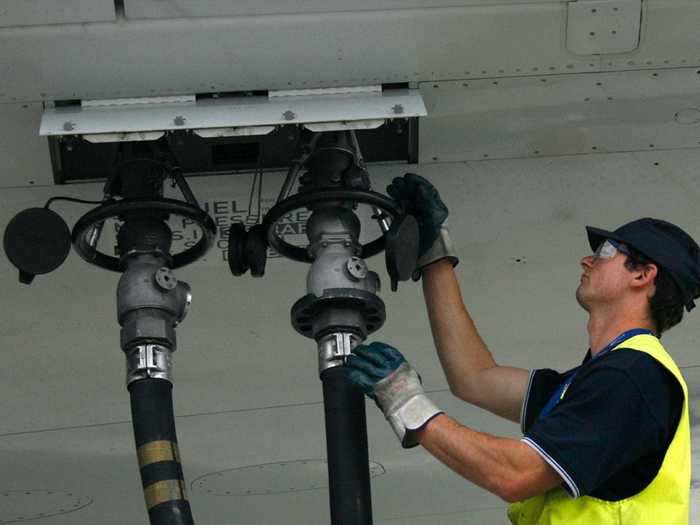
A rendering of Airbus' future zero-emission aircraft.Airbus
Airlines have long desired to end their dependency on fossil fuels but the lack of alternatives has kept them in the turbulent relationship that often wreaks havoc on the bottom line and draws scorn from environmentalists and climate activists.
Recent advances in aircraft and engine technology have made airliners more efficient but, aviation still accounts for between 2% and 3% of global emissions.
Airbus just put forward plans to create a new fleet of zero-emission aircraft aimed at creating a more sustainable aviation industry. Its new hydrogen-powered planes, the manufacturer claims, could begin to replace fossil fuel guzzlers in the skies as early as 15 years.
Sustainability in aviation has largely hit a roadblock as been dabbling in biofuel, including sustainable aviation fuel, but have been restricted by its limited availability in the marketplace. Only a few airports currently offer alternate fuel besides kerosene-based jet fuels that require additional infrastructure and commitments by airlines to use the fuel.
Airlines and manufacturers are realizing that only a radical shift will allow aviation to become truly sustainable and are using their wallets to make it a reality.
Here's how the aviation industry got here and why sustainability in aviation isn't as far away as we think.


Source: CNBC and The Guardian






Source: Boeing


Source: Airbus





















Source: Stars and Stripes







Source: Neste and San Francisco International Airport

Source: JetBlue Airways





 Saudi Arabia wants China to help fund its struggling $500 billion Neom megaproject. Investors may not be too excited.
Saudi Arabia wants China to help fund its struggling $500 billion Neom megaproject. Investors may not be too excited. I spent $2,000 for 7 nights in a 179-square-foot room on one of the world's largest cruise ships. Take a look inside my cabin.
I spent $2,000 for 7 nights in a 179-square-foot room on one of the world's largest cruise ships. Take a look inside my cabin. One of the world's only 5-star airlines seems to be considering asking business-class passengers to bring their own cutlery
One of the world's only 5-star airlines seems to be considering asking business-class passengers to bring their own cutlery Sensex, Nifty climb in early trade on firm global market trends
Sensex, Nifty climb in early trade on firm global market trends
 Nonprofit Business Models
Nonprofit Business Models
 From terrace to table: 8 Edible plants you can grow in your home
From terrace to table: 8 Edible plants you can grow in your home

Copyright © 2024. Times Internet Limited. All rights reserved.For reprint rights. Times Syndication Service.